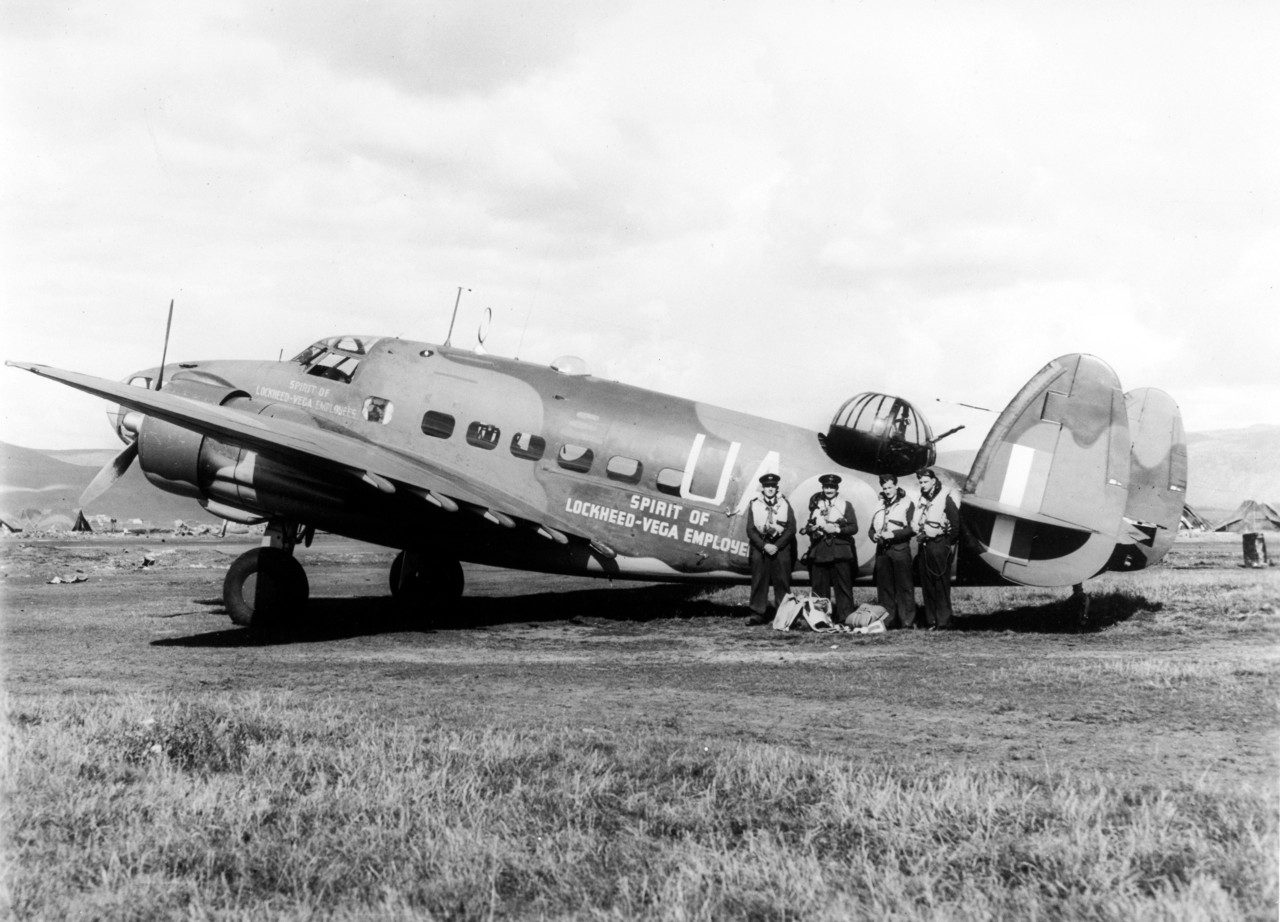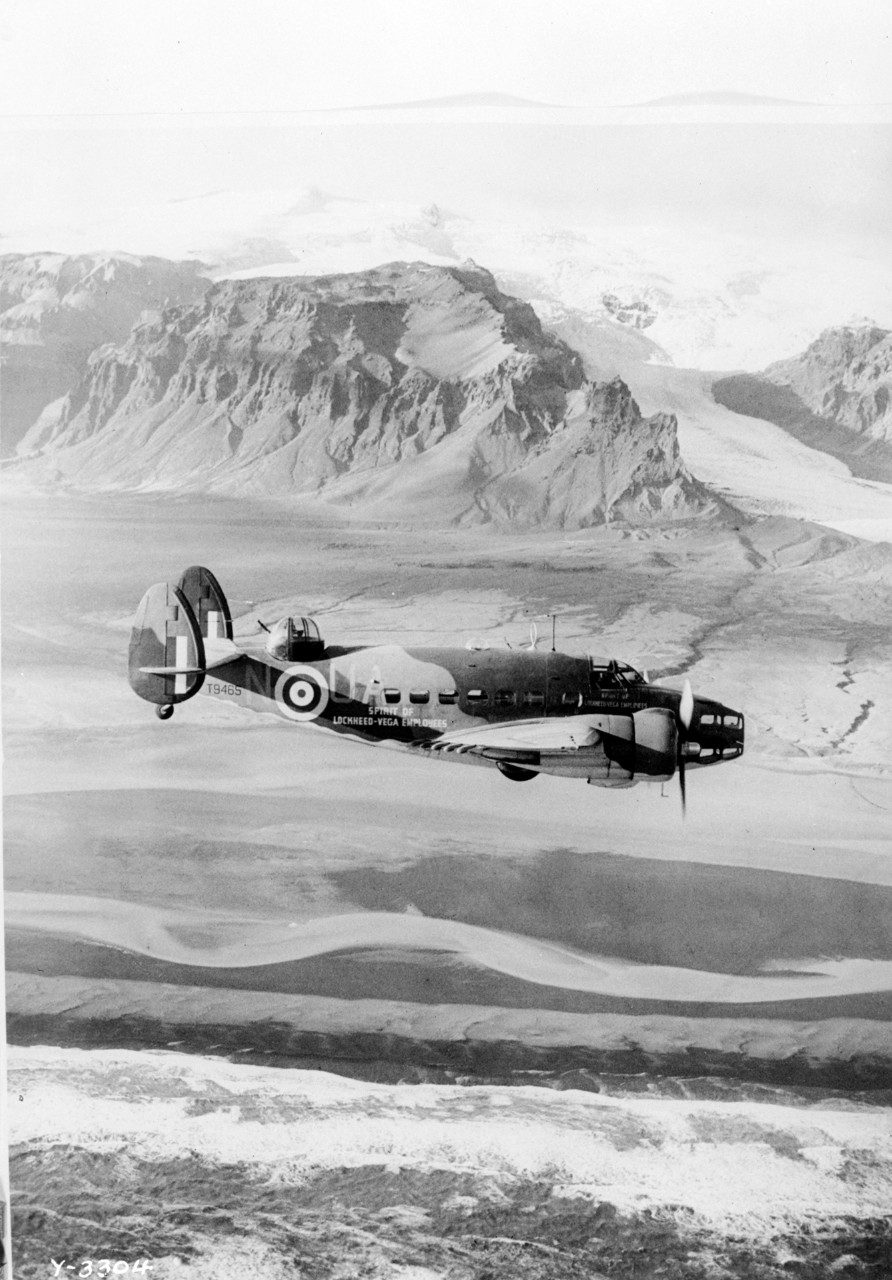One fateful December morning in 1940, a 21-year-old nightshift workman from the Lockheed-Vega Corp. named Burton Griffin found himself tossing and turning in bed, unable to shake an exciting idea that had taken hold in his imagination.
He’d just come from working on the line at the company’s plant in Burbank, California, helping to produce the much-needed Hudson bombers on order from Great Britain.
Merely playing a role in producing the bombers wasn’t enough for Griffin, however. He wanted to find a way to convince his fellow workers to volunteer their time or money to build a special employee-donated Hudson, which he believed would be the perfect Christmas gift to the people of Britain.

The Spirit of the Season
With each Hudson bomber costing $90,000 and demanding 24,000 employee-hours to build, assembling the gift in three weeks’ time would be no easy task. But Lockheed-Vega executives loved the idea. And after Griffin’s idea was circulated, nearly all of his 20,000 fellow employees—who were being paid 75 cents an hour—were willing to donate two or more hours of their pay toward the effort.
By December 25, the special Hudson, inscribed with the moniker the Spirit of Lockheed-Vega Employees, flew from California with a stop in Detroit to St. Hubert Airport in Montreal, where it was handed over to British forces.
A week later, upon its arrival in Great Britain, Lord Beaverbrook, the minister of aircraft in Britain, called the gift, “a message of immense encouragement” and swiftly put it into service under the RAF’s Coastal Command.

The Submarine Stalker
On August 27, 1941, as part of the RAF’s No. 269 Squadron, the Spirit joined other Hudsons in being the first aircraft to capture a German submarine, when squadron leader J. H. Thompson dropped a series of depth charges around a surfaced U-boat near Iceland. The remaining Hudsons quickly circled around the U-570 sub, delivering a spray of gunfire, which promptly led the German crew to wave the white flag of surrender.
After a rough landing on the Icelandic coast that almost crippled the Spirit in March 1942, it was reassigned to the 161 Squadron, flying personnel and vital supplies in and out of occupied France. The plane was subsequently damaged beyond repair during a ground accident in North Africa in July 1943, but not before making the employees of Lockheed, and its adoptive country, proud of its wartime efforts.
Sources and Additional Reading
- Harwood, Raise Heaven and Earth




